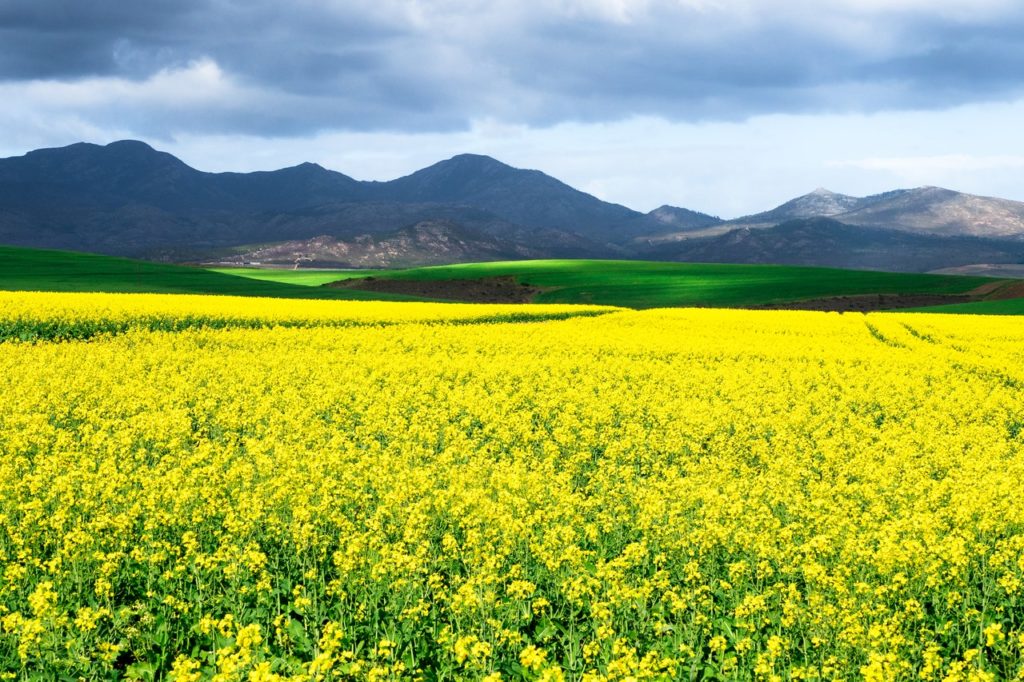Hope and Potential: Canada’s Climate Change Opportunity
Talking about the benefits of climate change is an unfamiliar and somewhat unsettling exercise. The warnings of climate change are dire, and rightly so. At the same time, humanity will also be required to live with and adapt to a changing planet.
One aspect of climate change that doesn’t receive much attention is the associated opportunities for agriculture to expand in the northern hemisphere.
For people in cold climates, higher temperatures might sound like a good thing. And if climate change involved only a slight adjustment of the planetary thermostat, it could be — in theory.

But as scientists have warned and recent weather patterns have shown, climate change can also mean greater severity of storms and wild fluctuations in temperatures, along with surprising changes in precipitation and the course of oceanic currents. In the long run, it’s hard to know exactly how this far-reaching global transformation will play out.
In Alaska, Siberia and parts of Canada, there is interest in the prospect of moderate winters.
The CBC ventured into this awkward topic with a piece that was headlined: “Canada could be a huge climate change winner when it comes to farmland.” The article focused on a 2020 academic study which suggested Canada could gain 4.2 million square kilometers of newly arable land. That’s equivalent to the size of the entire European Union.
A northern region in Ontario and Quebec known as the Clay Belt has already begun to see the benefits of global warming, and as a result is attracting renewed interest from farmers. Across this vast area, there are approximately 29 million acres of land that were submerged in a glacial lake during the last ice age. The land is cheaper here, and the growing season has been lengthening. Atmospheric warmth has risen by more than 25 percent, according to data from the Ministry of Agriculture.
Clay Belt farmer Matt Bowman told TVO Today, “The weather’s definitely changed; if you look at the stats it’s definitely warmer than it used to be. In New Liskeard, we’re growing soybeans where 20 years ago that was unheard of.”
Laurentian University earth sciences professor David Pearson explained in the same report that thinner ice over on Hudson Bay is helping to warm the surrounding environment: “That means in the middle of November, Hudson Bay will still be ice-free and nine to 10 degrees in the summer. That means winds coming off Hudson Bay are warming up the fall later into the year.”
A report by Ontario Grain Farmer magazine noted similar changes: “A warming trend that goes back at least 30 years is shown in the increase in annual crop heat units (CHU) in the Timiskaming region community of Earlton, which jumped from 1800 to 2300 CHU. This has had a major positive impact on crop production. … Soybeans, grain corn, and silage corn are now reliably grown in the Timiskaming region, while canola has supplemented the traditional barley, oat, and wheat crops in the Cochrane-Kapuskasing area.”
Some estimates project the growing season in this region will lengthen 43 days by 2050.
If fertile northern lands such as those in the Clay Belt become accessible to new generations of farmers, Canadian agricultural production will increase dramatically — enriching farmers, the nation and consumers around the world.